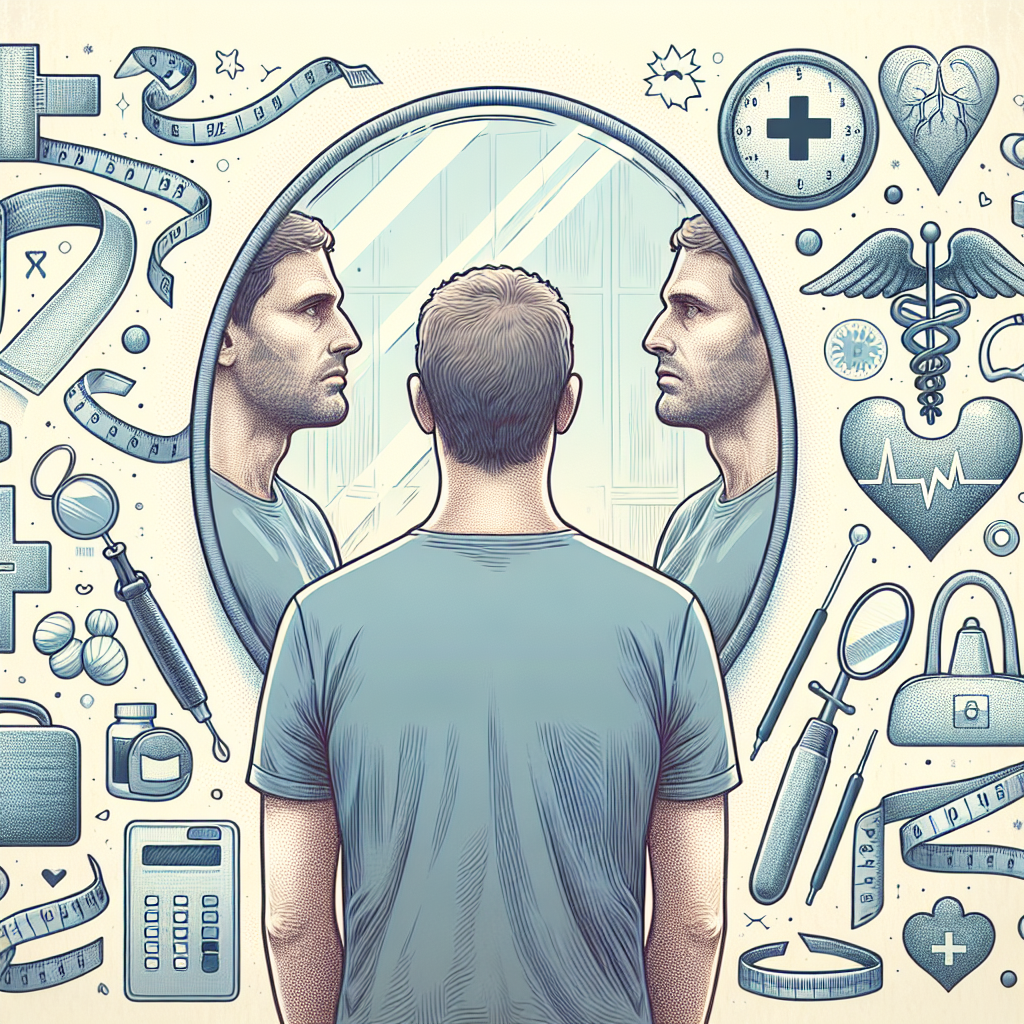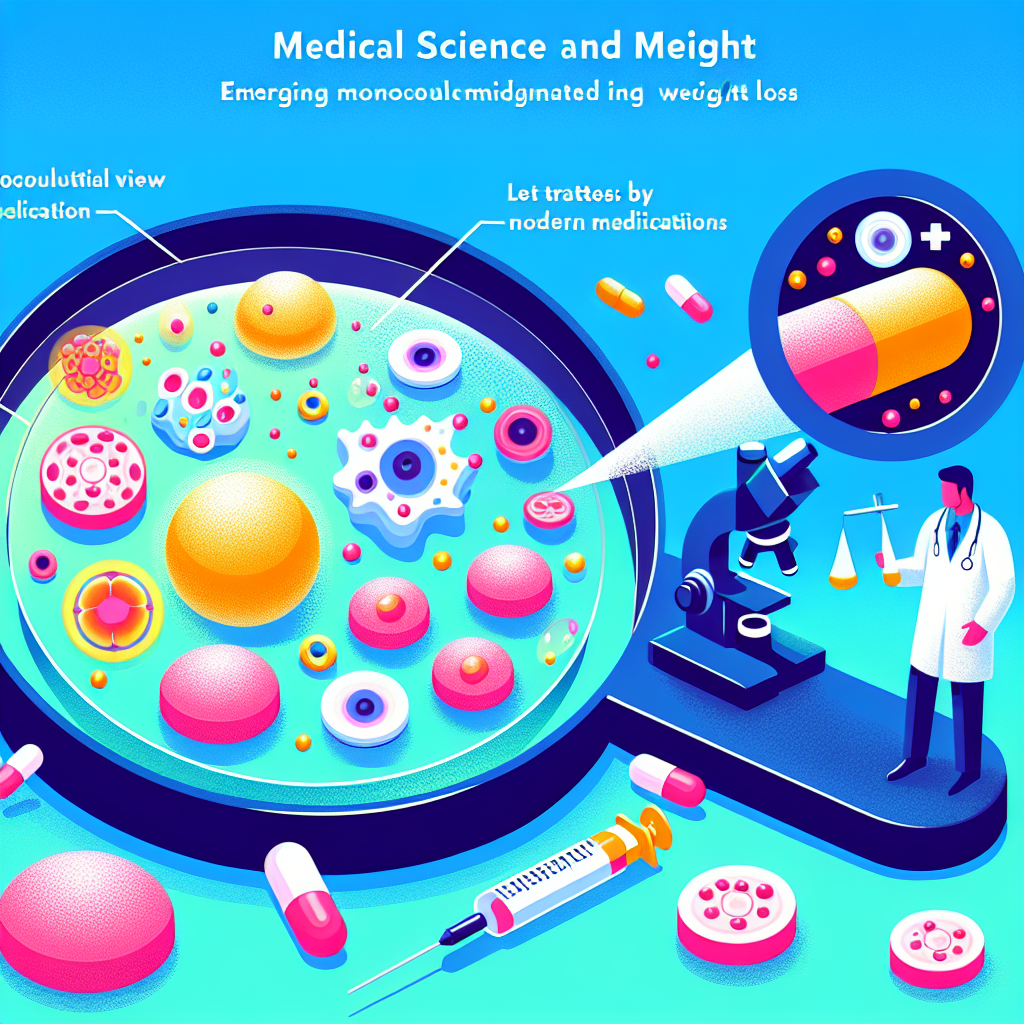Title: Female Hair Thinning: The Treatments Most Doctors Don’t Discuss
Hair thinning in women is more than just a cosmetic issue—it’s a deeply personal experience that’s often misunderstood, misdiagnosed, or overlooked. Unlike male pattern baldness, which typically follows a straightforward progression, hair loss in women can be more diffuse, subtle, and emotionally distressing. Far too often, solutions are limited to minoxidil or biotin supplements, which don’t always deliver the expected results.
According to the American Academy of Dermatology, more than 40% of women notice visible hair loss by the age of 40. If you’re not achieving results with generic solutions, it’s time to explore the overlooked alternatives that may offer real progress.
Understanding the Causes of Female Hair Thinning
Hair thinning in women can have a variety of causes including hormonal imbalances, chronic stress, poor nutrition, genetic predisposition, autoimmune disorders, and even certain hair care practices. One of the most common forms is androgenetic alopecia, also known as female pattern hair loss. This condition typically shows up as thinning along the crown and part line rather than noticeable bald patches.
Initial treatments often include topical minoxidil, basic lab screenings for conditions like anemia or thyroid dysfunction, and supplementation with iron or biotin. However, these often treat only the symptoms, not the root cause.
“Female hair loss is complex and frequently requires a customized strategy,” says Dr. Michelle Henry, a board-certified dermatologist with expertise in hair disorders. Here’s what you should know about treatment options most doctors don’t mention.
Low-Level Laser Therapy (LLLT)
Low-Level Laser Therapy (LLLT) is a noninvasive method for stimulating hair growth by improving blood circulation to the scalp. Originally developed for men, it’s now recognized as effective for women too.
A 2014 study in the American Journal of Clinical Dermatology found that consistent use of LLLT devices significantly improved both hair count and thickness.
With the rise of FDA-cleared at-home devices like laser helmets and combs, women can now access this technology conveniently. Though they often require an initial investment of several hundred dollars, many users report visible improvements within four to six months.
Common devices include the iRestore Laser Cap, praised for its results among women with part-line thinning.
Platelet-Rich Plasma (PRP) Therapy
PRP therapy involves drawing a small amount of your own blood, isolating the platelet-rich plasma, and then injecting it directly into the scalp. This technique uses your body’s natural proteins to stimulate hair follicles.
According to a 2019 study published in Dermatologic Surgery, 80% of participants experienced increased hair count within just three months of treatment.
Despite its promising results, PRP is rarely mentioned by general practitioners, likely due to its cost and lack of insurance coverage. Treatments usually involve three to six sessions, each ranging from $500 to $1,500.
“PRP shows real promise, particularly for women experiencing early-stage hair thinning,” says Dr. Alan Bauman, a board-certified hair restoration specialist.
Topical Anti-Androgens
Dihydrotestosterone (DHT), a hormone derivative of testosterone, can shrink hair follicles and contribute to pattern hair loss in women. While oral medications like spironolactone and finasteride are sometimes prescribed to reduce DHT, few people are aware of their topical alternatives.
Compounding pharmacies now produce topical solutions of finasteride and dutasteride, which can be applied directly to the areas of thinning. These localized treatments help reduce systemic side effects such as hormonal imbalances or fatigue.
For those wanting to learn more, eDrugstore.com offers an in-depth comparison of topical anti-androgens versus traditional treatments like minoxidil.
Ketoconazole Shampoo
Ketoconazole, sold over the counter under names like Nizoral, is best known as an antifungal treatment but also functions as a mild DHT blocker when used on the scalp. It alleviates inflammation and supports a healthier scalp environment for hair growth.
A 2012 Journal of Dermatology study found that using ketoconazole shampoo two to three times per week produced effects similar to minoxidil in promoting hair regrowth.
It’s a simple and accessible addition to your routine, yet often overlooked in conventional treatment plans.
Microneedling for Hair Growth
Microneedling, widely known for its skincare benefits, is also gaining credibility as a hair loss treatment. By creating micro-injuries on the scalp, microneedling activates the body’s healing response and improves topical medication absorption.
A study in the International Journal of Trichology reported a fourfold increase in hair count when participants combined weekly microneedling with minoxidil, compared to minoxidil alone.
While at-home derma rollers are available, professional treatments are recommended for consistent and safer outcomes.
Nutrigenomics and Personalized Supplements
Nutrigenomics is the science of using your DNA to tailor nutrition and supplement plans customized to your individual needs. By analyzing how your body processes nutrients, hormones, and external stressors, this method helps target the internal factors contributing to your hair loss.
One simple cheek swab can guide a practitioner in creating a bespoke formula that addresses nutrient deficits, hormone issues, and more.
“Rather than using guesswork, nutrigenomics allows us to develop truly personalized supplement plans,” says Dr. Lisa Song, a naturopathic doctor specializing in integrative health. Services like 3X4 Genetics and Genova Diagnostics lead the way in this field.
Looking for the Root Cause
If you’ve been told that minoxidil and a multivitamin are your only options, there’s a good chance the root cause of your hair loss is being overlooked.
Hair health reflects overall well-being and can be influenced by a range of factors including chronic stress, gut imbalances, hormonal shifts, and scalp health.
Working with professionals in functional medicine, trichology (the science of hair and scalp), or integrative dermatology can help uncover and treat the actual triggers behind your thinning hair.
Take Control of Your Hair Health
Women should not have to accept hair thinning as an inevitable part of aging or hormonal changes. From laser therapy and PRP to DNA-based nutrient strategies, today’s therapeutic landscape offers real alternatives.
To empower yourself:
– Discuss lesser-known treatments like PRP or topical anti-androgens with your doctor
– Consider at-home devices such as laser caps or microneedling systems
– Use science-based, genetic or blood data to fine-tune your supplement routine
Finding the right solution takes time and persistence, but it is possible to see meaningful improvement with a customized, consistent plan.
Have you tried alternative treatments for female hair loss? Share your experience in the comments to help others on the same journey.
Sources:
– American Academy of Dermatology. “Hair loss in women.”
– Bauman, A. et al. (2020). “The Science and Promise of PRP.” International Hair Loss Journal.
– Gupta, A. K., et al. (2014). “Efficiently Using Ketoconazole Shampoo in Hair Loss Treatment.” Journal of Dermatology.
– Dhurat R, Sukesh M, et al. (2013). “A Randomized Evaluator Blinded Study of Effect of Microneedling in Androgenetic Alopecia.” International Journal of Trichology.
– Avci P, Gupta GK, et al. (2014). “Low-level Laser (Light) Therapy (LLLT) for Treatment of Hair Loss.” American Journal of Clinical Dermatology.








